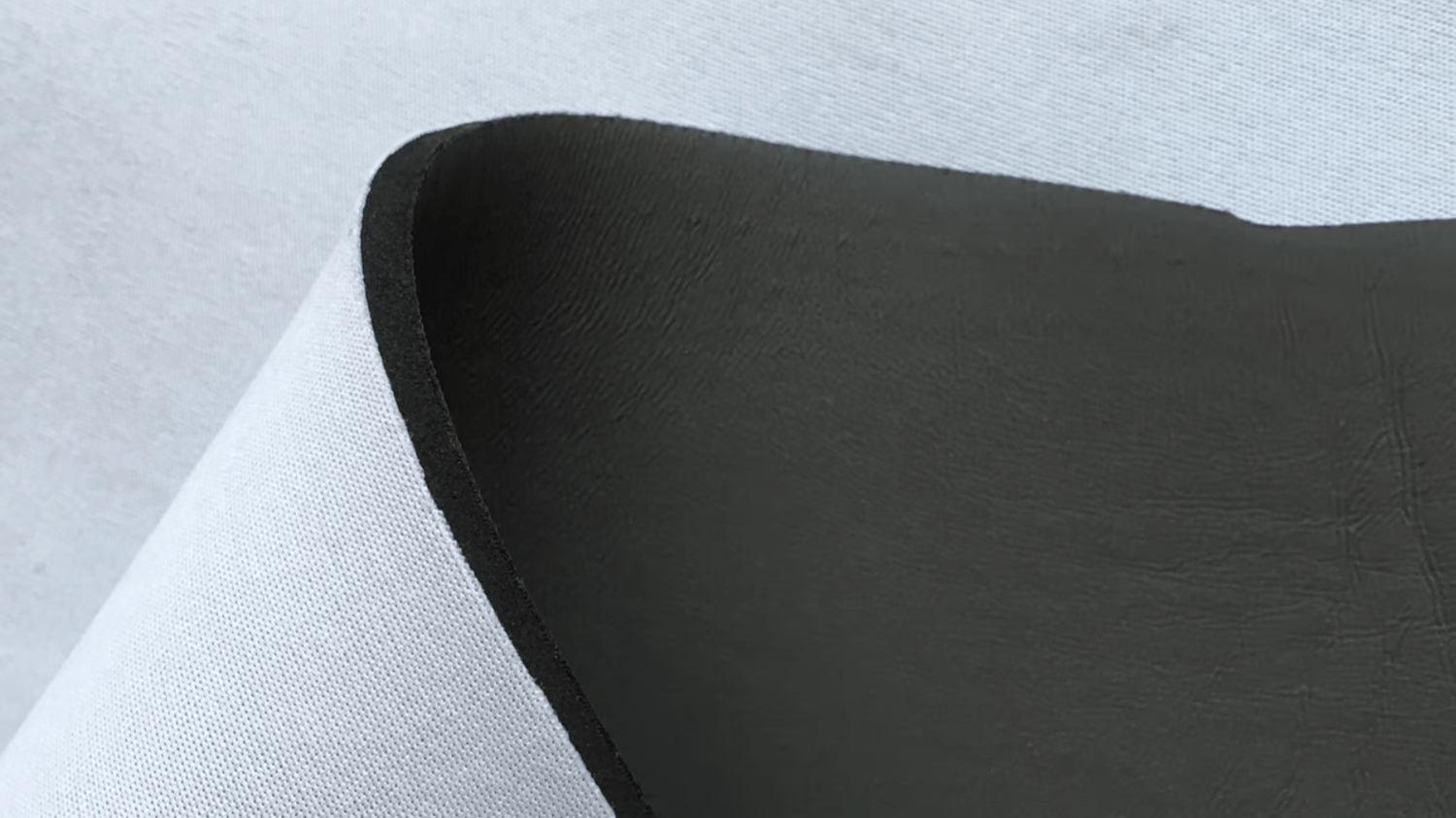Introduction
Diving is a thrilling adventure for those who love to explore the underwater world. However, diving also involves risks and requires proper gear to stay safe. Diving suits are one of the most crucial pieces of equipment that divers wear to protect themselves from cold temperatures and other hazards. In this article, we'll explore the different fabrics used to make diving suits and their properties.
Neoprene Fabric
Neoprene is the most popular fabric used for diving suits, especially for cold water diving. It's made of synthetic rubber and comes in various thicknesses. The thicker the neoprene, the more warmth it provides. Neoprene also has excellent insulation properties and can withstand compression, making it perfect for deep dives.
Butyl Rubber Fabric
Butyl rubber is a synthetic rubber that is highly impermeable to gases and liquids. It's commonly used for drysuits rather than wetsuits because it doesn't provide as much insulation as neoprene. Butyl rubber is also durable and resistant to tears and punctures.
Laminated Fabrics
Laminated fabrics are made by bonding two or more layers of fabric or materials together. These materials can be neoprene, nylon, polyester, or other synthetics. The bonding process creates a waterproof barrier that keeps water from seeping through the suit. Laminated fabrics are lightweight and flexible, making them ideal for divers who prefer a more comfortable fit.
Spandex Fabric
Spandex is a synthetic fabric that is known for its elasticity and stretchability. It's usually blended with other materials used in diving suits to provide a comfortable and snug fit. Spandex is not very insulating, so it's mostly used for skinsuits that are worn underneath wetsuits or drysuits.
Ripstop Nylon
Ripstop nylon is a synthetic fabric that is highly durable and resistant to tears and rips. It's commonly used as the outer layer for diving suits to protect the inner neoprene layer from damage. Ripstop nylon is also water-resistant, adding an extra layer of protection to the suit.
Thinsulate Fabric
Thinsulate is a synthetic fiber that is used for insulation in diving suits. It's lightweight and provides excellent warmth retention, even when wet. Thinsulate is typically used in thinner suits or as a lining in diving boots and gloves.
Titanium Fabric
Titanium fabric is a synthetic material that is infused with titanium particles. The titanium helps to reflect body heat back to the wearer, keeping them warm. It's lightweight and flexible, making it perfect for diving suits. However, titanium fabric is often more expensive than other Diving suit fabrics.
Nylon Fabric
Nylon is a synthetic fabric that is commonly used as the outer layer for diving suits. It's lightweight and dries quickly, making it perfect for warm water diving. However, nylon doesn't provide much insulation, so it's not suitable for cold water diving.
Kevlar Fabric
Kevlar is a synthetic fabric that is highly durable and resistant to punctures and tears. It's often used to reinforce the elbows and knees of diving suits to protect the suit from wear and tear. Kevlar is also used in drysuit gloves and boots to provide extra protection and insulation.
Conclusion
Diving suit fabrics have come a long way in terms of technology and innovation. With so many options available, divers can choose a suit that fits their diving needs and preferences. Whether it's neoprene for cold water diving or nylon for warm water diving, there's a diving suit fabric that can provide protection and comfort for every diving adventure.

